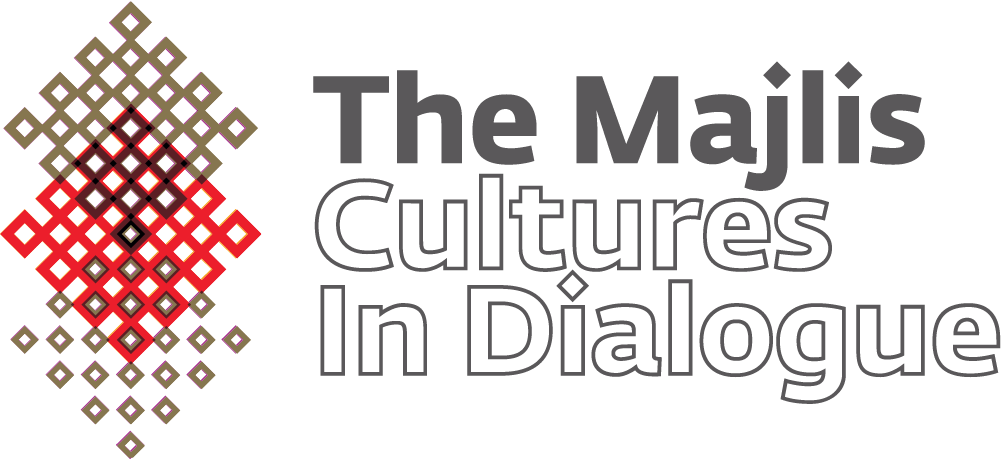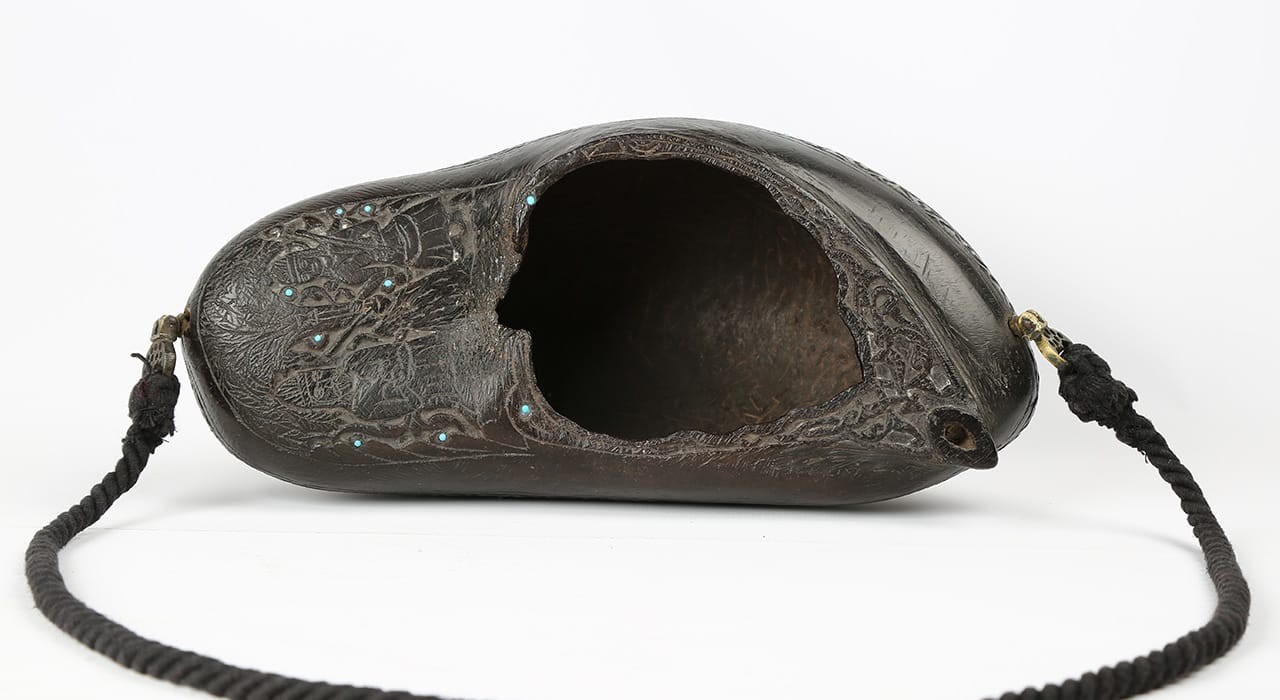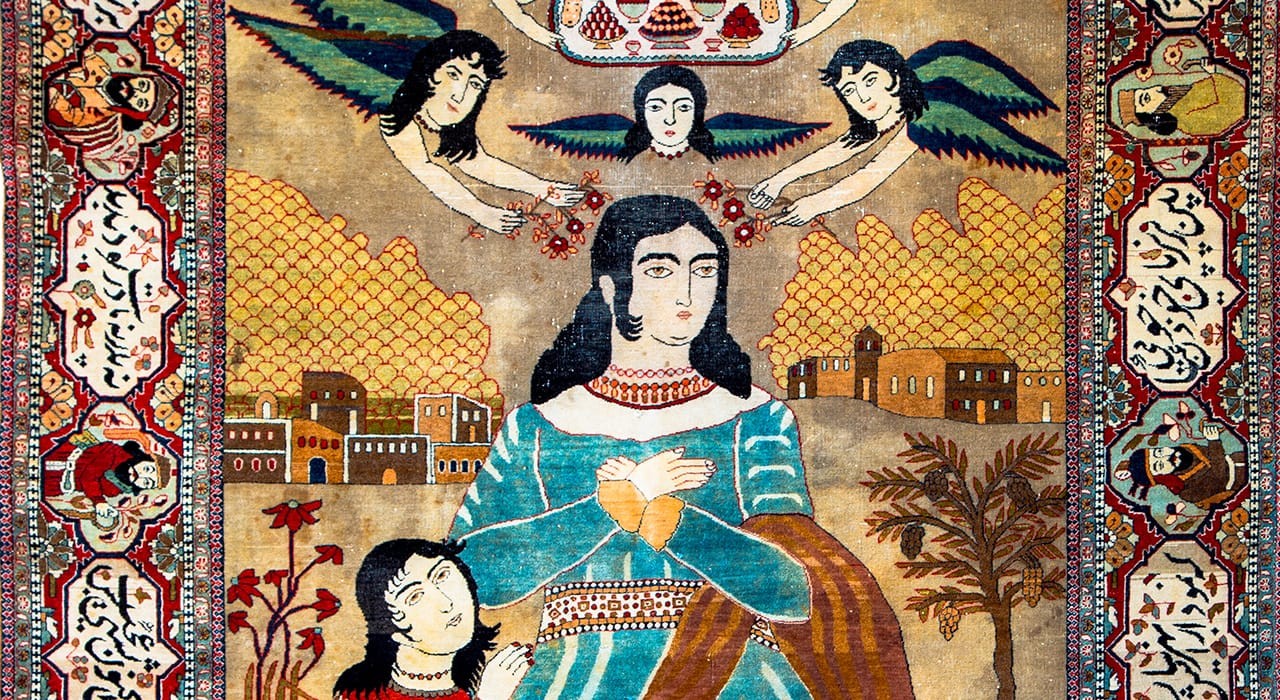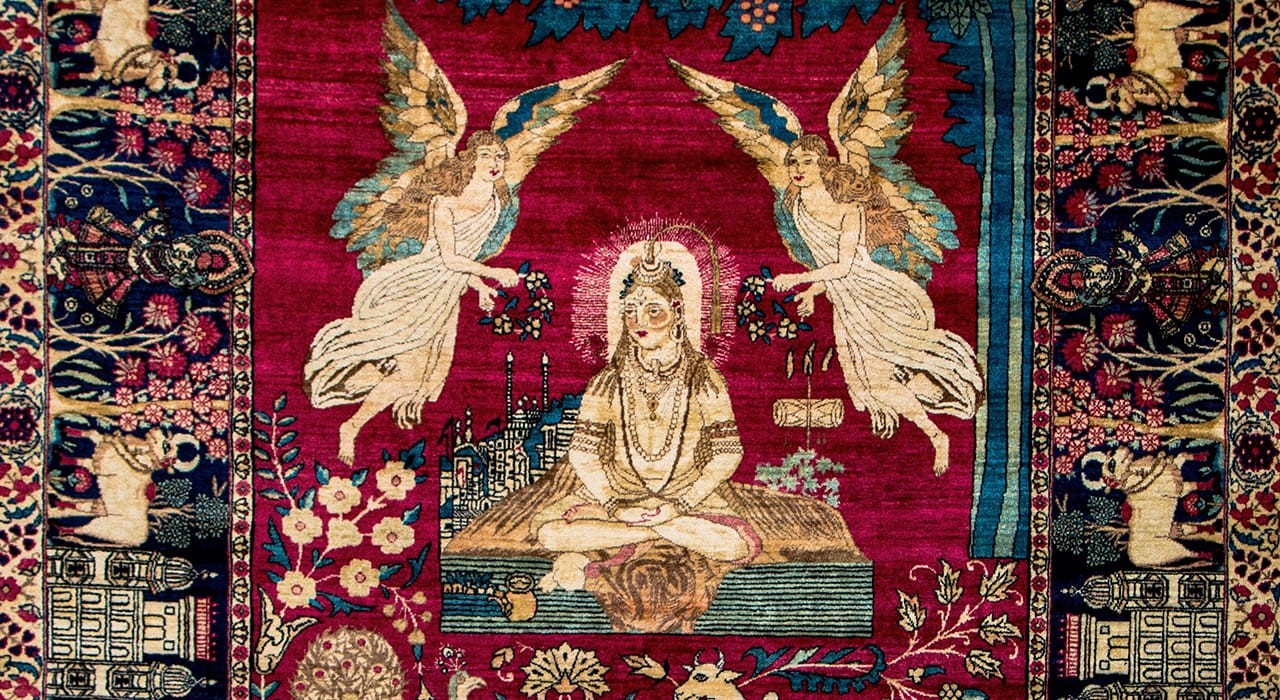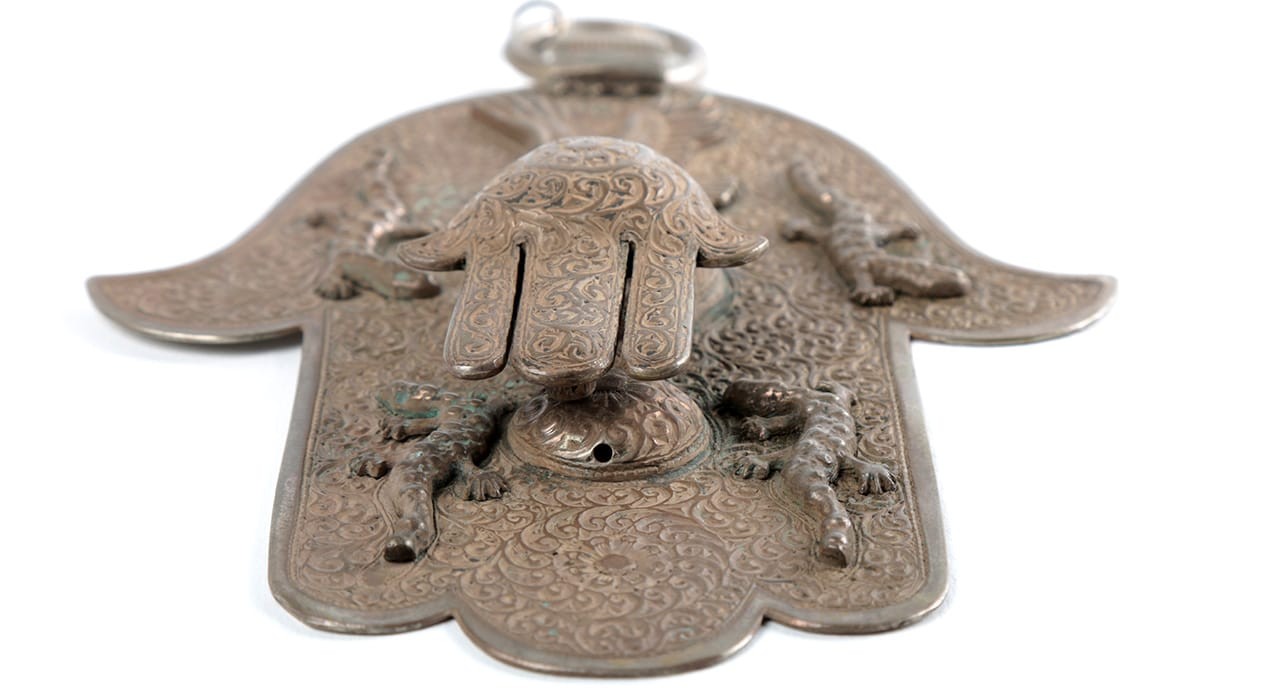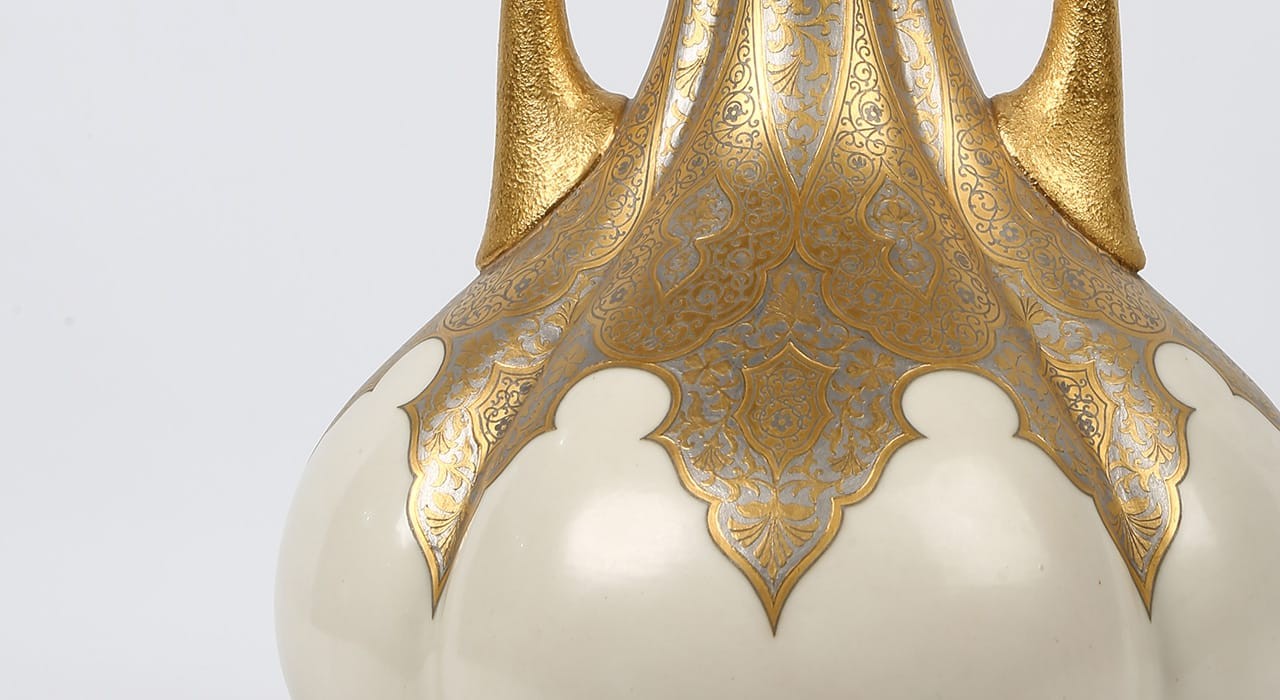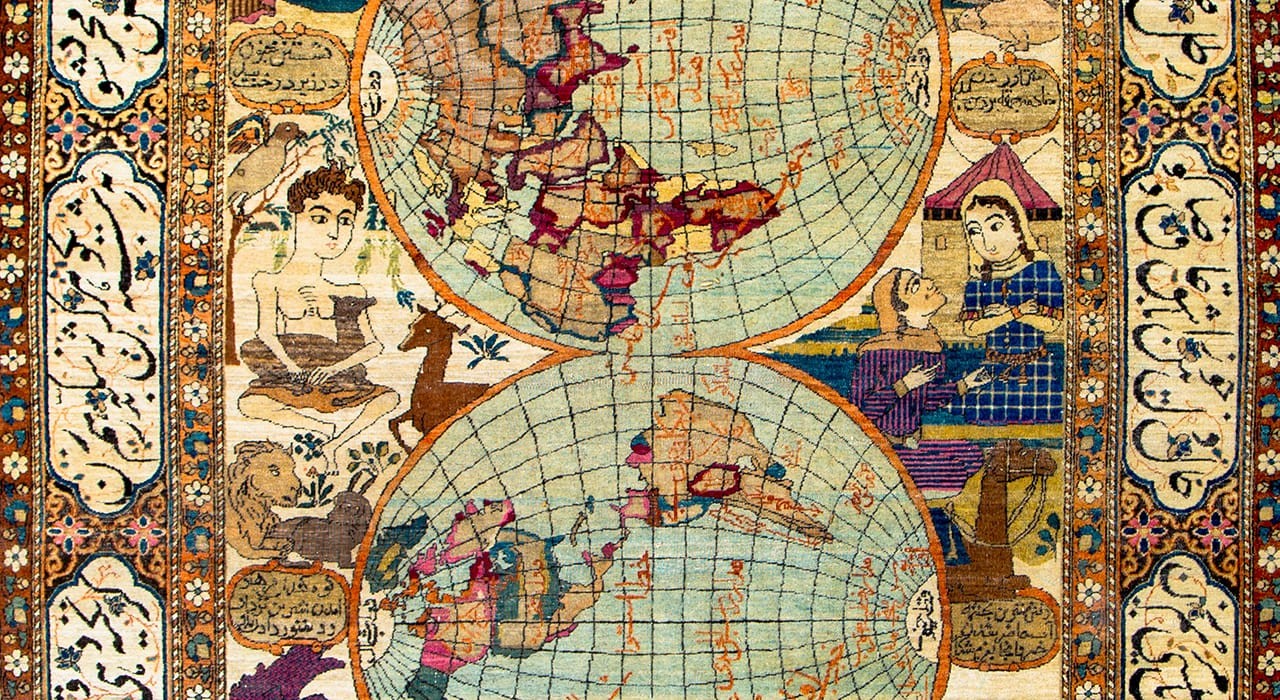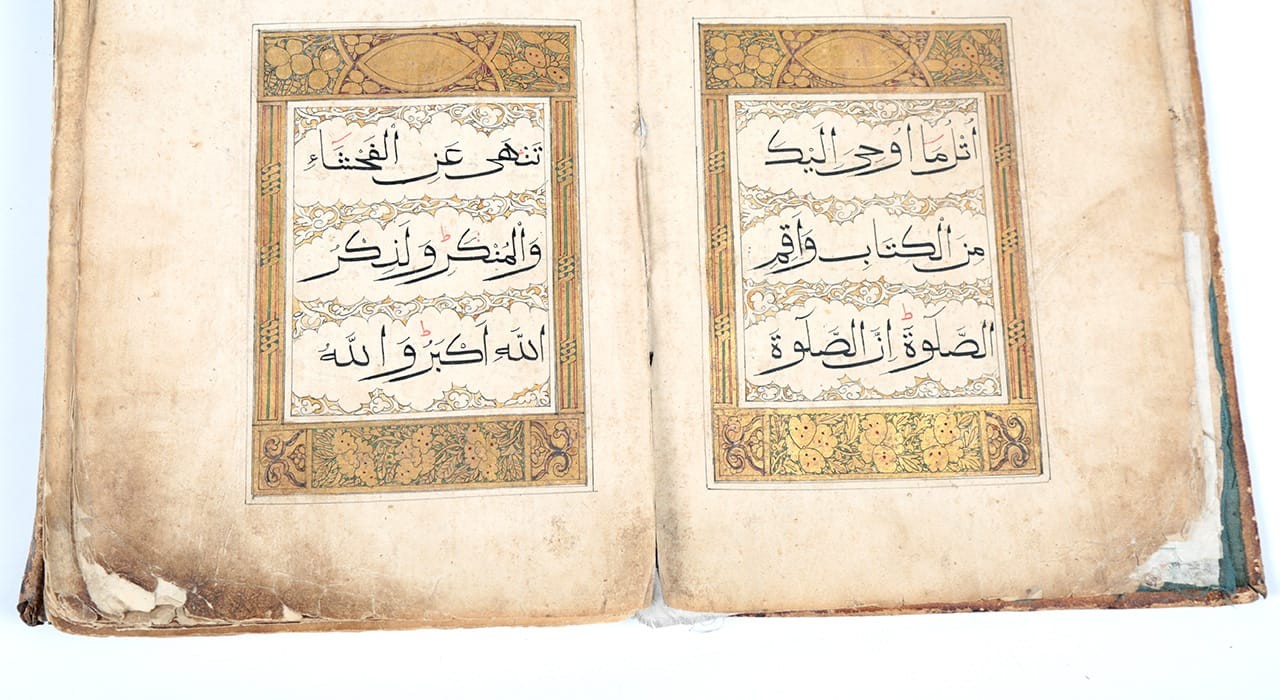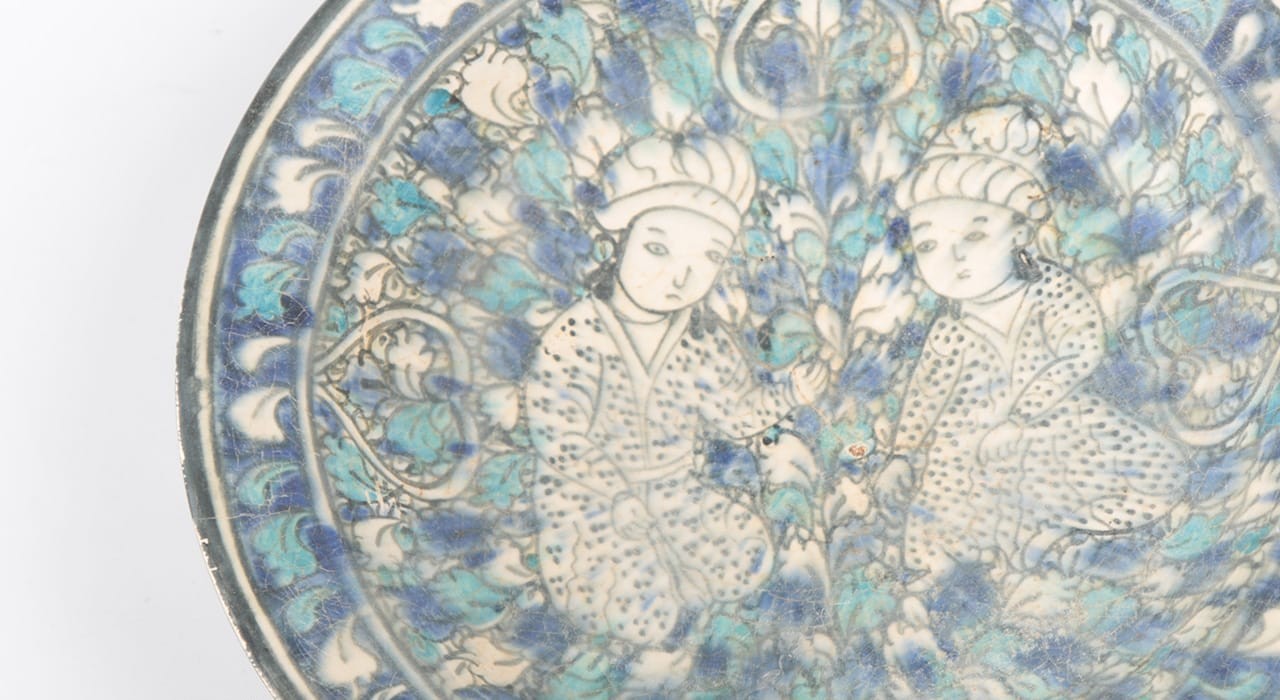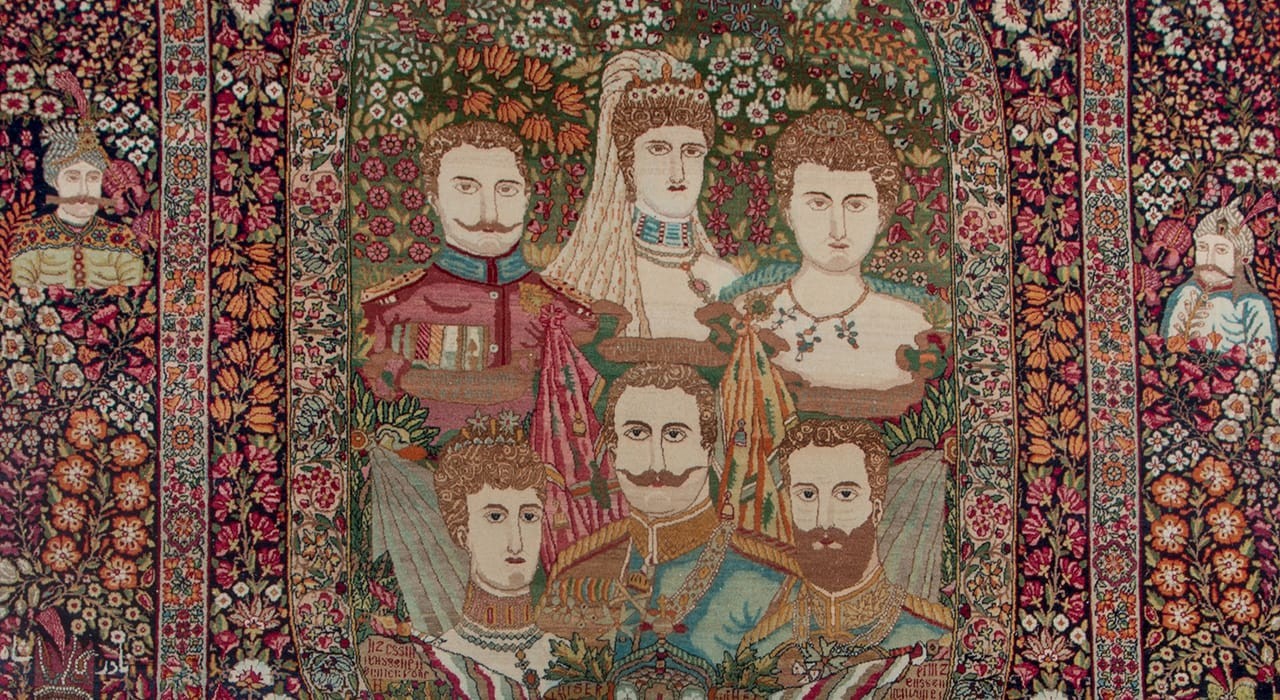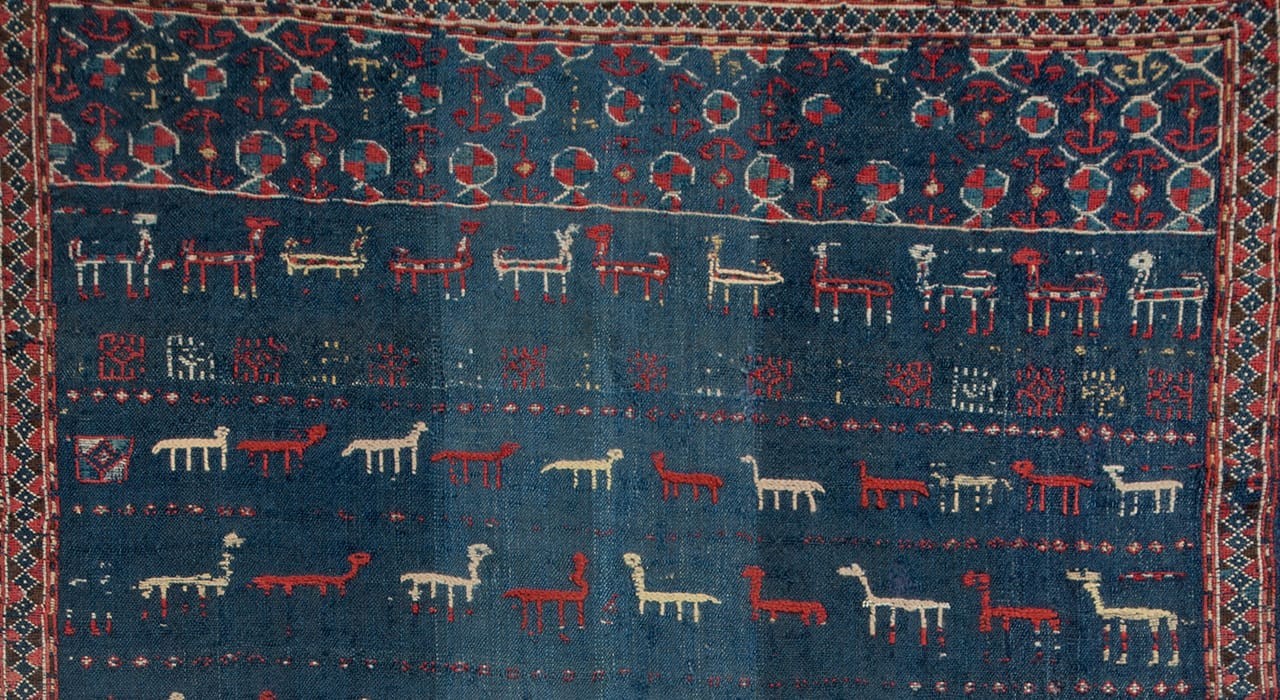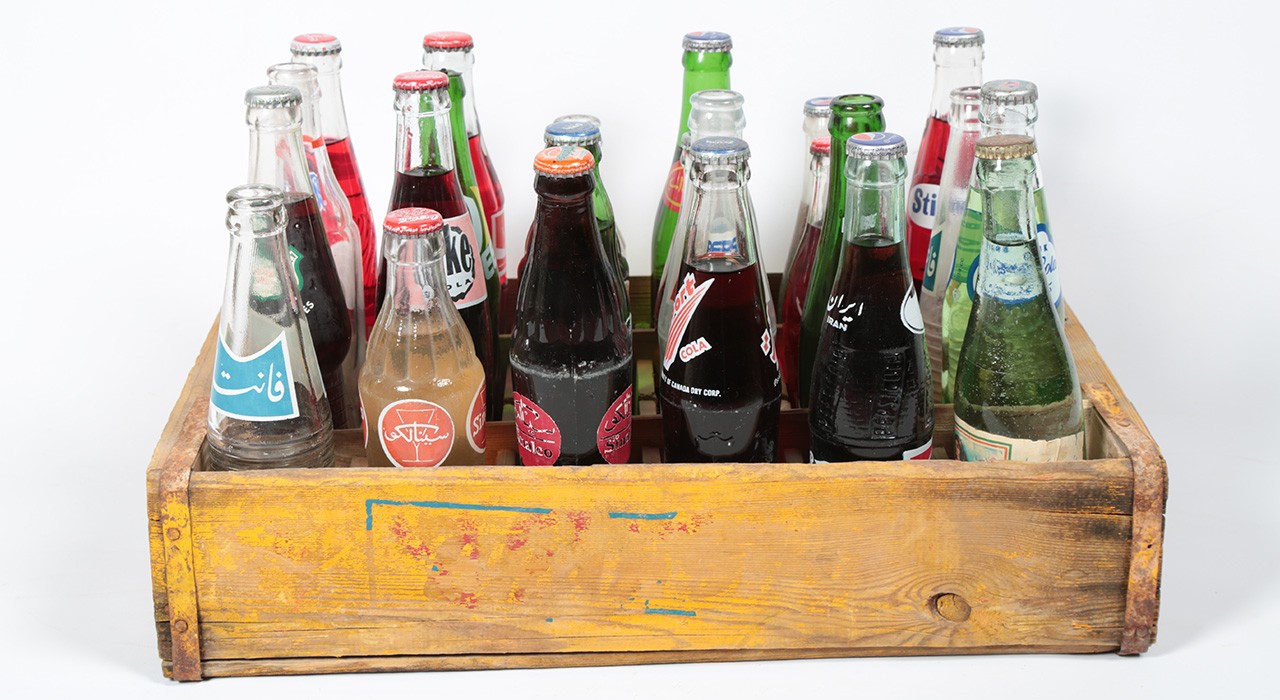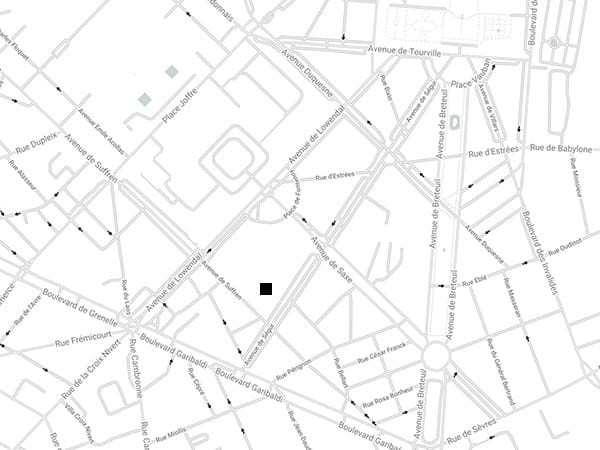Building on the outstanding public response at the recently held exhibition in Malta at the Grandmaster's Palace in Valletta, The Majlis – Cultures in Dialogue, a traveling cross-cultural exhibition that features a collection of a unique assembly of global artefacts reflecting the interaction of civilizations in the past while encouraging dialogue in the present – continues its tour by landing at the UNESCO Headquarters in Paris on November 29th.
The Majlis - Cultures in Dialogue is a touring exhibition comprised of objects that tell stories. Stories which one might hear in a majlis, the space present in every Arab home where people gather to talk and socialize. Stories that recall the mutual - and often forgotten - influences between the Islamic civilization, Europe, India, and the Far East.
Based on the concept of the traditional space of learning, discussion, dialogue and sharing present in every home in the Arabian Gulf, The Majlis – Cultures in Dialogue will be presented in Paris under the patronage of His Highness Sheikh Tamim Bin Hamad Al Thani, Emir of the State of Qatar, and Her Excellency Mme. Audrey Azoulay, Director-General of UNESCO.
Collection’s highlights
12 masterpieces from the exhibition
PARIS, FRANCE
UNESCO HEADQUARTERS
29 November
/ 14 December 2018
OPENING HOURS
Monday - Friday : 9:30 am - 6:00 pm
Located on the Place de Fontenoy in Paris, the building which houses the Headquarters of UNESCO was inaugurated on 3 November 1958. It is world famous, not only because it is the home of a well-known organization but also because of its outstanding architectural qualities.
The site of UNESCO Headquarters is considered international territory and belongs to the Organization’s 195 Member States. The building hosts a wide variety of free events throughout the year, including concerts, shows, ceremonies, screenings, exhibitions and conferences.
Over the years, UNESCO has commissioned or acquired works by a number of great artists to adorn its premises. Pablo Picasso, Jean René Bazaine, Joan Miró, Antoni Tàpies, Le Corbusier and many other creators have their place in this universal museum that echoes the diversity of artistic creation throughout the world.
Under the patronage of:
His Highness Sheikh Tamim Bin Hamad Al Thani, Emir of the State of Qatar
Her Excellency Ms Audrey Azoulay, Director General of UNESCO
In partnership with:
UNESCO Doha Office
Qatar National Committee for Education, Culture and Science
Qatar Museums
Platinum Sponsor:
Qatar Shell Companies
Local Sponsor:
QNB
Katara Hospitality
UNESCO
7 Place de Fontenoy
75007 Paris, France
